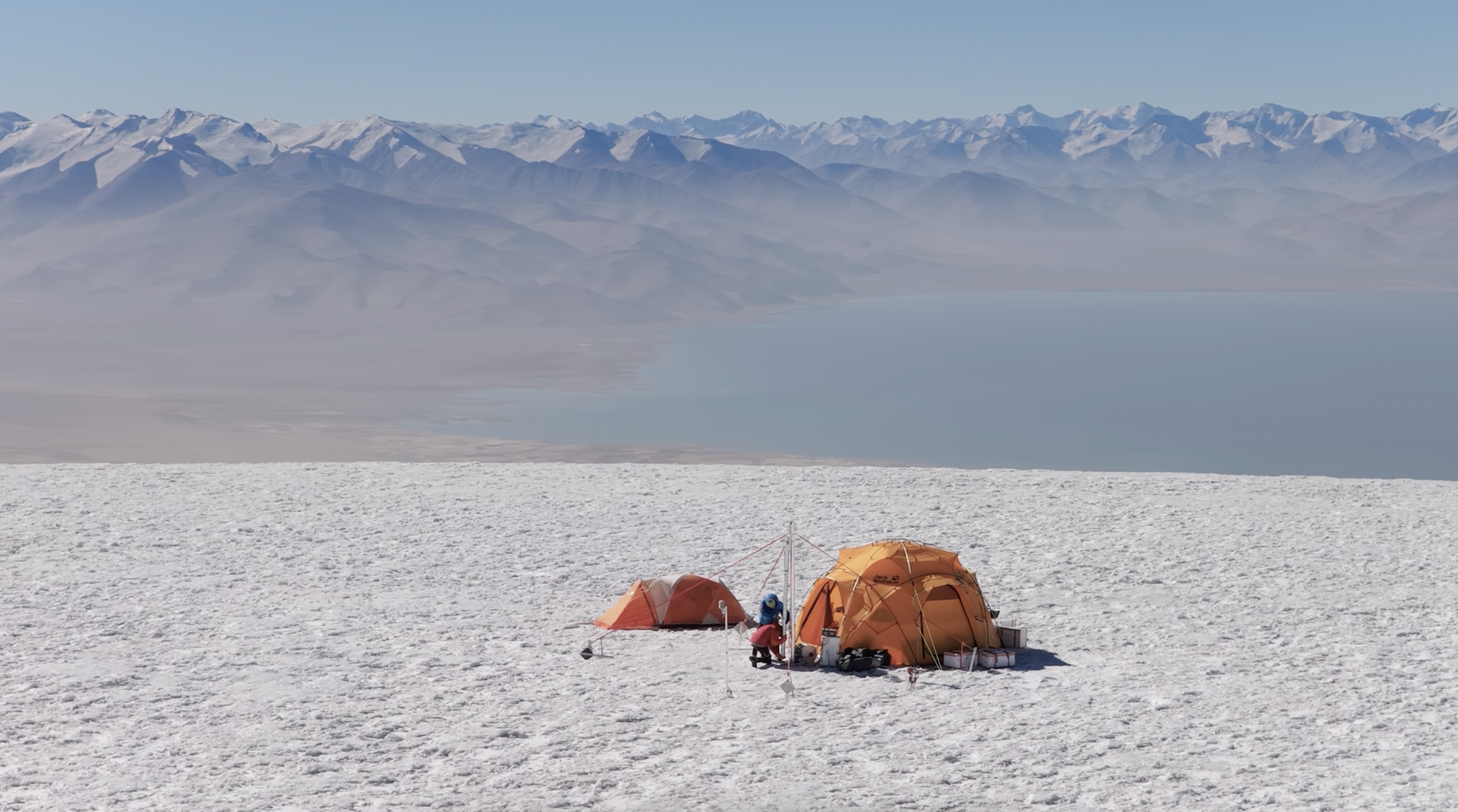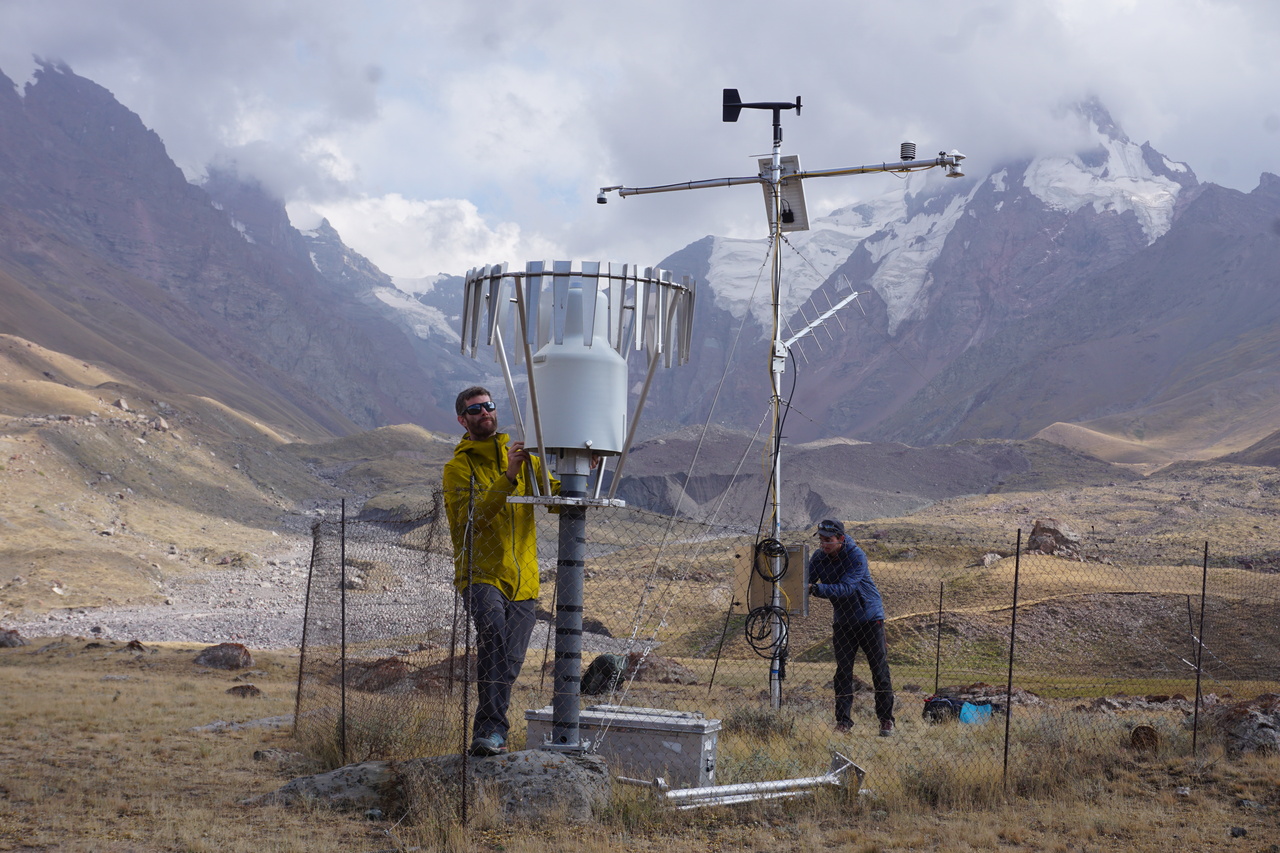PAMIR Team secures two ice cores over 100 metres long from the Kon Chukurbashi Ice Cap in Tajikistan
During their last field campaign in Tajikistan at the end of September 2025, the SPI Flagship Initiative PAMIR succeeded in securing two ice cores over 100 metres long from the Kon Chukurbashi Ice Cap. The coring expedition was conducted at an extraction site located at an altitude of 5,800 metres. This endeavour highlighted both the human and technical challenges involved, requiring meticulous logistical coordination as well as the highest standards in health and safety.
On 27 September 2025, the Climate and Environmental History Research Cluster succeeded in extracting the first ice core from the Kon Chukurbashi Ice Cap, followed by a second ice core on 30 September, hitting bedrock both times. The first ice core, 104.7 metres long, will be analysed by the team of the PAMIR Project and their collaborators in Japan, providing invaluable information about past climate conditions. The second core is 105 metres long and will be donated to Ice Memory Foundation to join their climate archive collection preserved in Antarctica.
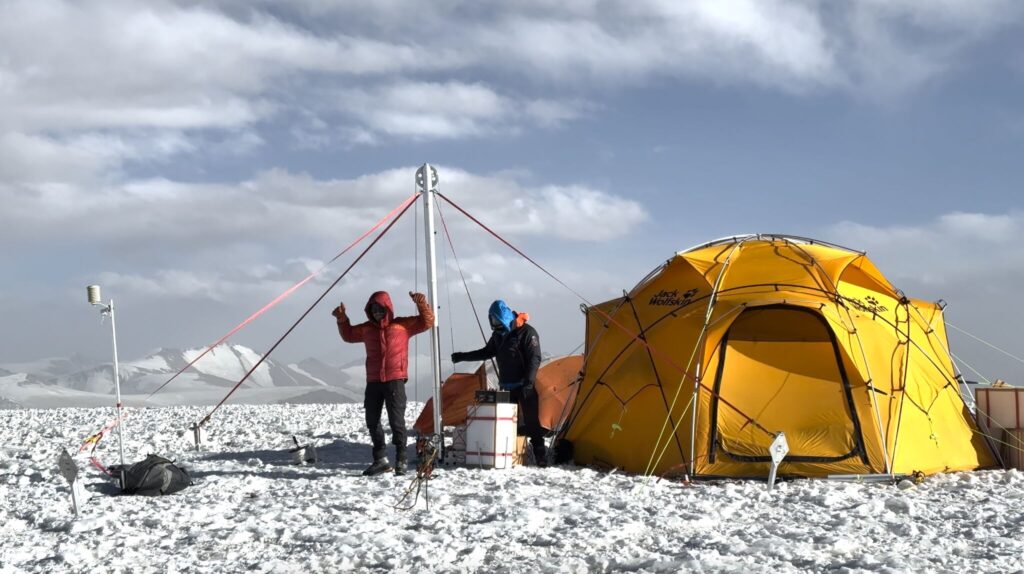
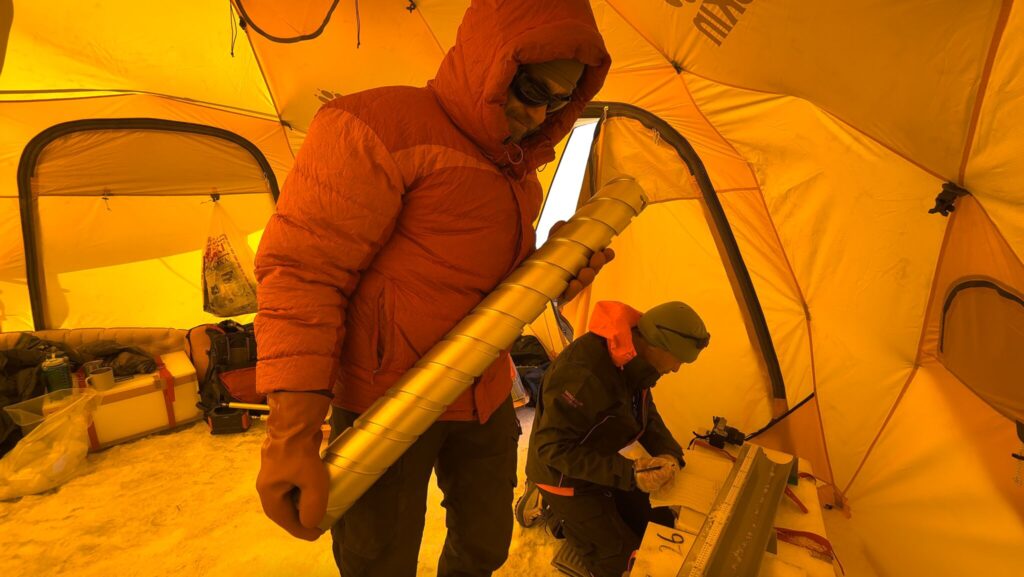
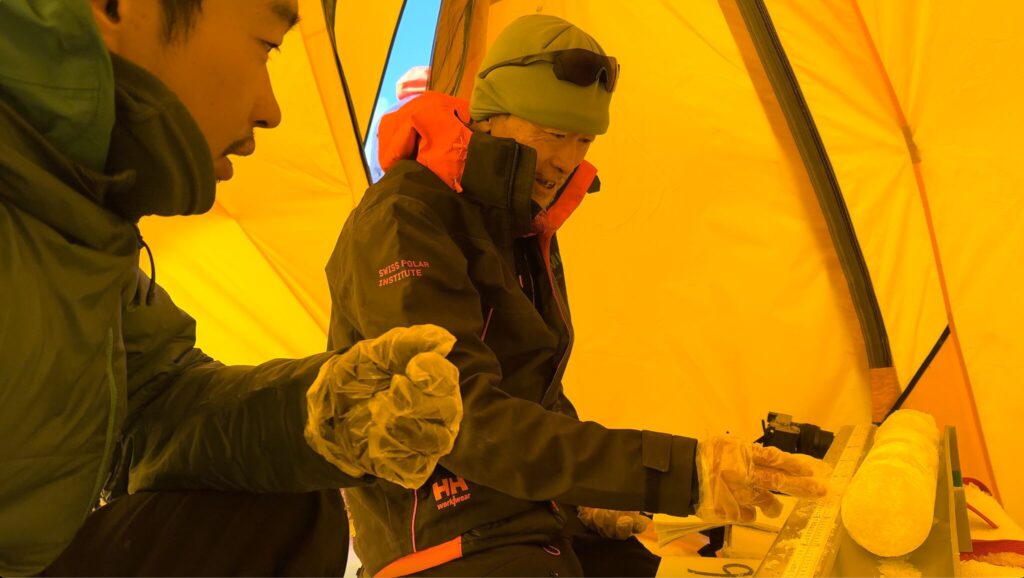
The international expedition is led by the University of Fribourg in partnership with the Center for Glacier Research of the National Academy of Sciences of Tajikistan, and including scientists from University of Zurich, WSL, Hokkaido University (Japan), Nagoya University (Japan) and the Ohio State University (US), with key technical support from the University of Bern.
Funded by Swiss Polar Institute, the Swiss interdisciplinary research programme PAMIR has worked in the Pamir region since 2022, successfully collecting important historic and contemporary data of this key headwater region, enabling a better understanding of the current state and the future of this understudied region.
